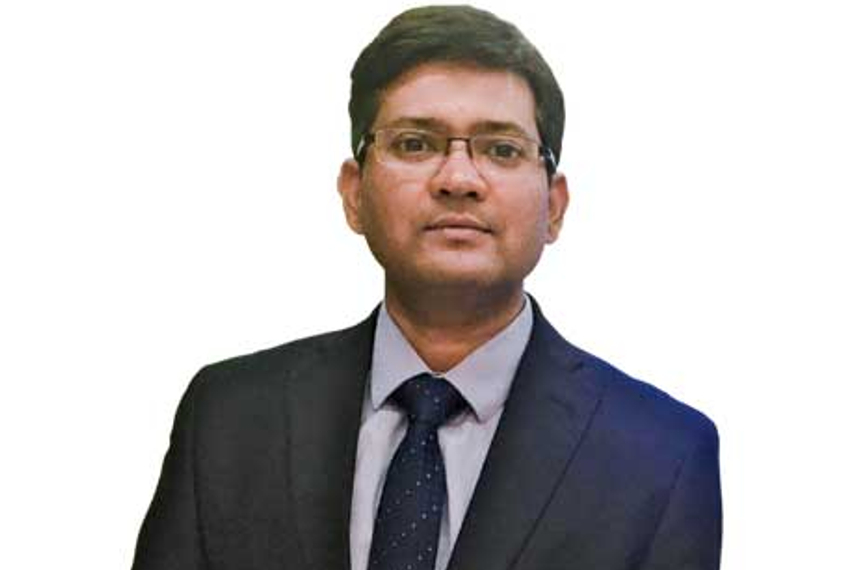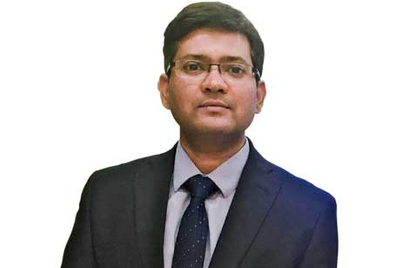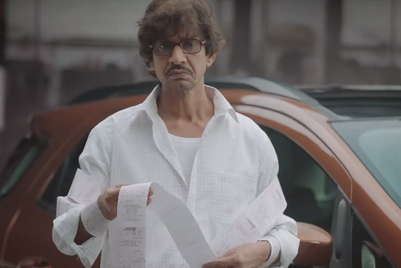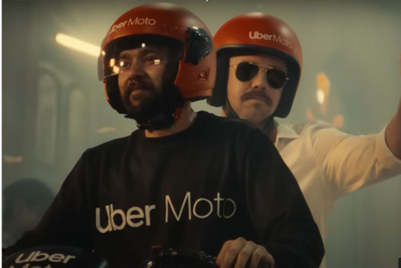Rahul Gautam, VP - marketing, Ford India, was in Mumbai last week for the opening of a showroom in Navi Mumbai. Campaign India caught up for a freewheeling chat on the company’s marketing efforts, its relationship with WPP’s Global Team Blue and more…
Edited excerpts:
With this launch how many showrooms does Ford have across the country? Where’s the growth coming from?
RG: We have 465 sales and service outlets pan-India in 267 cities. So we have wide coverage and that’s an area of focus. We are focusing on opening showrooms in places we are not present at right now. Even within cities, we are looking at branching out more and reach a wider area.
The mini-SUV category is seeing massive growth. Ford somewhat started that with the EcoSport. How has competition from the likes of Maruti (Vitara Brezza), Tata (Nexon), Honda (WRV) impacted sales?
RG: Competition is good. It’s kept us on our toes and helped us stay focused and dedicated towards offering the best products. I would say the EcoSport is doing phenomenally well. It’s doing good numbers, about 5,000 units a month.
The SUV segment is seeing high double digit growth. There’s room for everyone to play. The segment is growing much faster than the other passenger car segment. The EcoSport has its own sweet spot within this segment.
Over the last couple of years Ford has been trying to communicate its low service costs. There was a campaign too that addressed a myth about expensive service. Do you believe that message has been put out to the potential customer?
RG: You rightly pointed it out as a myth. Somehow that myth has lingered on. We took action on-ground for it. The campaign was the last part of it.
We have had different strategies.
Take sub-assembly of parts. So now, we have 800 plus sub-assembly of parts. This has gone up from 200 in the last two years. What that essentially means if something goes wrong, one doesn’t have to replace the whole part and that in-turn means a lower cost. This has helped contain costs.
Parts pricing is also something we are closely watching and ensuring parts and labour prices are kept competitive. Quality of course is another important aspect. There should be no non-scheduled maintenance costs.
The focus is on the customer service. We train dealerships to fix it right in the first time of asking.
Part of the myth was that parts weren’t available easily; we got distributors and made sure genuine parts are available.
So, all the pain points were taken care of. Then it came down to informing people about it and we had the campaign for it.
We are seeing a significant change in the perception now. We track our brand and one of the internal surveys (among intenders) we conducted showed a massive change in the service and maintenance aspect since 2016 onwards. It’s actually seen as a strength for Ford now. Consumers are noting it and it’s now a positive.
In an interview with Campaign in 2016, you mentioned Endeavour as the flagship for Ford. Does that remain or is the focus now on the EcoSport?
RG: The EcoSport is our volume product for sure. We have a couple of flagships – the Mustang and the Endeavour.
The Endeavour is what Ford stands for. We are leaders in SUVs and almost a pioneer globally.
Women buyers accounted for 10 per cent of your customers in 2016. Has that increased?
RG: I’d wager a guess and say it’s increased. I’d say it’s at about 30 per cent for the EcoSport and Freestyle from the user perspective. Vehicles aren’t registered under their names, so the data is a bit misleading.
What plans does Ford have for the festival season?
RG: The festive period is a typical buying period. Everybody guns for that. The way we are approaching this season is that we should be able to have new offerings. We have the new EcoSport. We just added a couple of crowns to the overall portfolio with the sunroof edition. The campaign ‘Fun Roof’ was unveiled at the time of the launch in May. We also recently launched the FreeStyle.
In quarter four there will be more activity too. There’s a lot of product action and well covered during the festive season.
Will we be seeing campaigns like the one feature Kalki Koechlin in 2016 for Raksha Bandhan?
RG: From a campaign perspective, we aren’t planning anything specific. What we have is the portfolio of new products to offer.
A lot of the campaigns starting from the EcoSport launch back in 2013 were digital led. How much of Ford’s marking spends are set aside for digital?
RG: All our campaigns are digital led. We have a digital-first mindset. We don’t like to think in a way of rolling out a TVC and then adapting it for digital. We do content which is purely meant for digital audience.
We have different assets for different media on digital too.
Our digital investment is roughly 25-26 per cent of our total marketing spends, which is double of the industry average.
Ford had called for a global review earlier in the year? What’s the update on that?
RG: So what we have said is that globally Ford has opened up for a review. WPP and specifically GTB (Global Team Blue) is a valuable partner for us and it’s a very strong and long relationship. That's all I can say about this.
What are the challenges for the auto industry and specifically for Ford right now? Do rising fuel prices result in a dip in sales?
RG: The industry is growing. Car sales are growing at about 10 per cent versus last year. These are wholesale numbers. Some of it could be a build up to the festive season. Everyone is waiting for the festival uptake to happen. We had an unfortunate situation in Kerala during its festive season. That willl be a dampener, but hopefully the rest of the market will pick up the buoyancy.
Fuel prices creep up gradually they kind of become the new norm. It may become a headline, but in reality if consumers need a mode of transportation, fuel prices aren’t much of a hindrance.
What could be challenging is congestion though. We are seeing shifts back to petrol from diesel. That’s a direct response to the rising price in diesel. Now, a diesel doesn’t make that much sense on a return on investment point-of-view.





.jpg&h=334&w=500&q=100&v=20250320&c=1)
.jpg&h=334&w=500&q=100&v=20250320&c=1)



.jpg&h=334&w=500&q=100&v=20250320&c=1)



.jpg&h=334&w=500&q=100&v=20250320&c=1)








